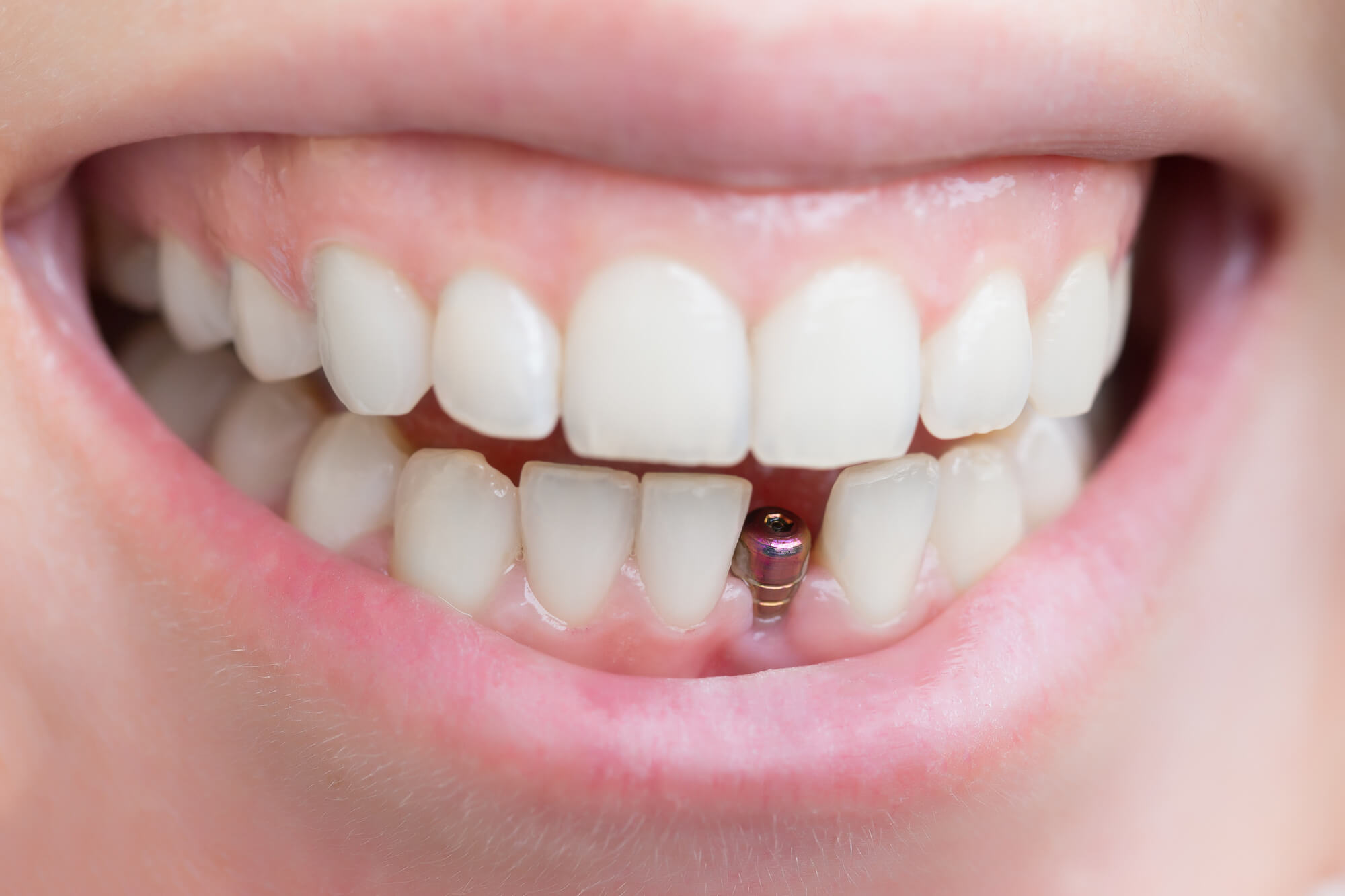Dental Implants Forms and Procedures
Implant suppliers seeking an area in the aggressive dental implant market will copy the design of an implant that has an expired patent, save yourself for a minor change here and there. These implants are known as clones and are promoted to dentists at a somewhat paid down fee. In most situations, these implant clones have positively NO scientific documentation to substantiate their manufacturer’s claims. Actually, these businesses use literature given by the implant manufacturer from whom they’re burning!
To keep up with new implant manufacturers which are having greater overall achievement rates, some businesses will duplicate a specific portion of the competitor’s implant and claim that email address details are similar with the just included portion. Conceptually that makes sense, but typically a combination of style features are responsible for some implant producers’improved accomplishment rates. By presenting a principle that’s found to boost success rates in still another implant system (albeit with minimum scientific documentation), implant companies may thus retain their current clientele, and thus health practitioners need not bother about having to buy yet another implant system.
Dental implants are metals, and materials fatigue. A good number of implant makers that have cloned other methods with satisfactory scientific documentation have removed broke and as a result, can’t present their product to the dental profession. In many cases when components for these implant systems crash, it is very difficult or extremely difficult to buy substitute parts. This will leave the patient who has had a cloned implant put in their mouth with the regrettable circumstance of maybe not to be able to have it restored.
Do some study on the practitioner who’s recommending the implant and whether he or she has knowledge in implant dentistry. Ensure that the person putting the dental implants washington dc has operative experience from an certified specialty program or a thorough medical class with correct training. Previous to having the implant located, consult with an over-all dentist or prosthodontist so your implant tooth can be precisely treatment planned and fundamentally, properly restored. At your preliminary surgical consultation visit, question your dentist the kind of dental implant he or she uses. Inquire about how much research has been accomplished on that specific kind of implant and it’s accomplishment and emergency rates. Finally, confer with your physician at length and ask as to the type of implant being located and his or her basis for suggesting that type of implant.
Previously, dentists might decide to try to keep or change teeth with treatments such as origin canals, links, and fixed or detachable dentures. Unfortunately, an important number of root canal treated teeth fail, links need that healthy surrounding teeth be decrease and removable dentures may often be unstable and require the use of tacky adhesives. Dental implants certainly are a solution to these problems, and lots of the problems related to organic teeth are removed, including dental decay.
Single-tooth implants may be used in people that are missing a number of teeth. An enamel implant is surgically placed in a beginning that is created by your dentist in the jawbone. After the implant integrates (attaches) to your bone, it functions as a brand new “root” for the crown that’ll be exchanging your missing tooth. A top (cap), which can be created to look like an all-natural tooth, is attached with the implant and fills the area left in the mouth by the lacking tooth.
Because of this procedure to work, there must be enough bone in the mouth, and the bone needs to be solid enough to put up and support the enamel implant. If you have inadequate bone, be might must be included with a procedure called bone augmentation. Furthermore, organic teeth and supporting areas near where in actuality the implant will soon be put must certanly be in good health. There are plenty of causes to replace a lost tooth. A distance between your teeth, if evident when you grin or speak, is just a cosmetic concern.

